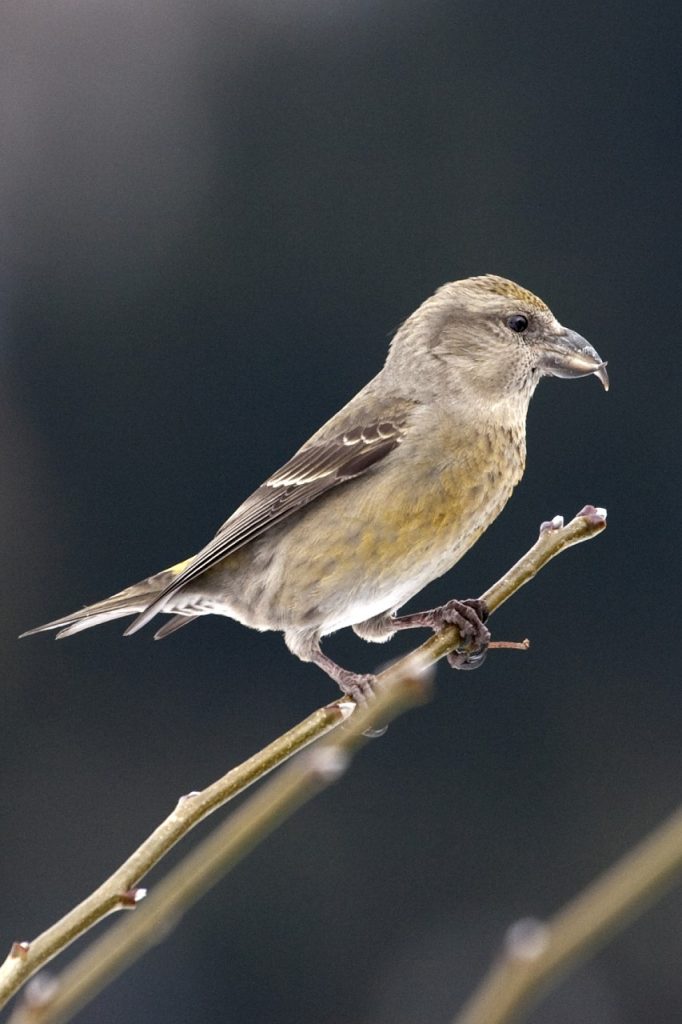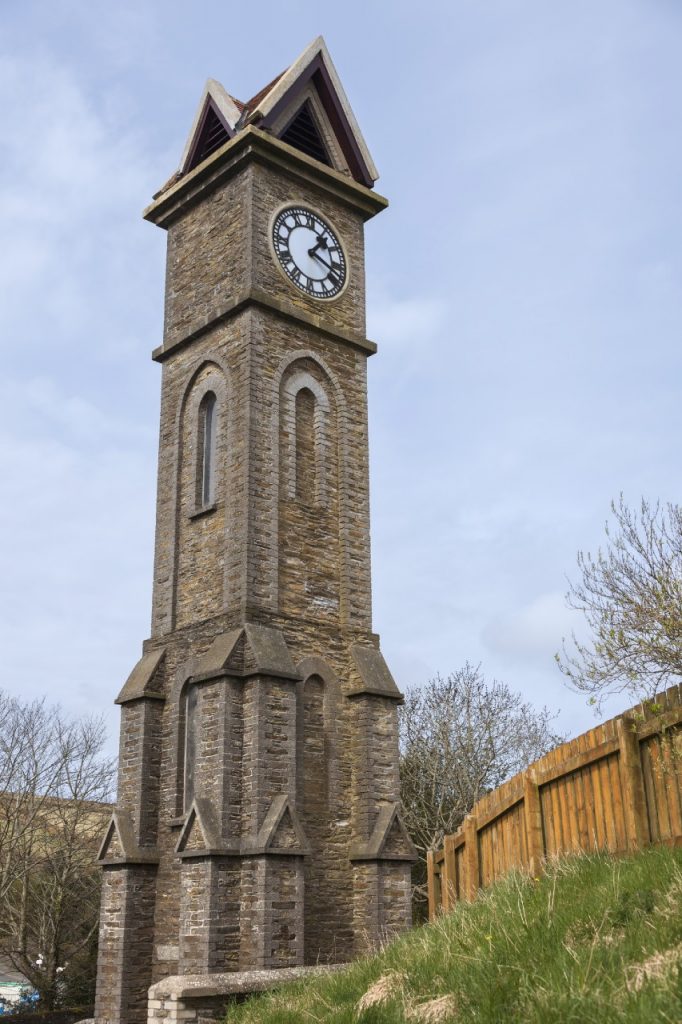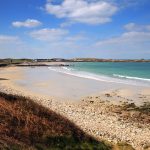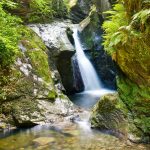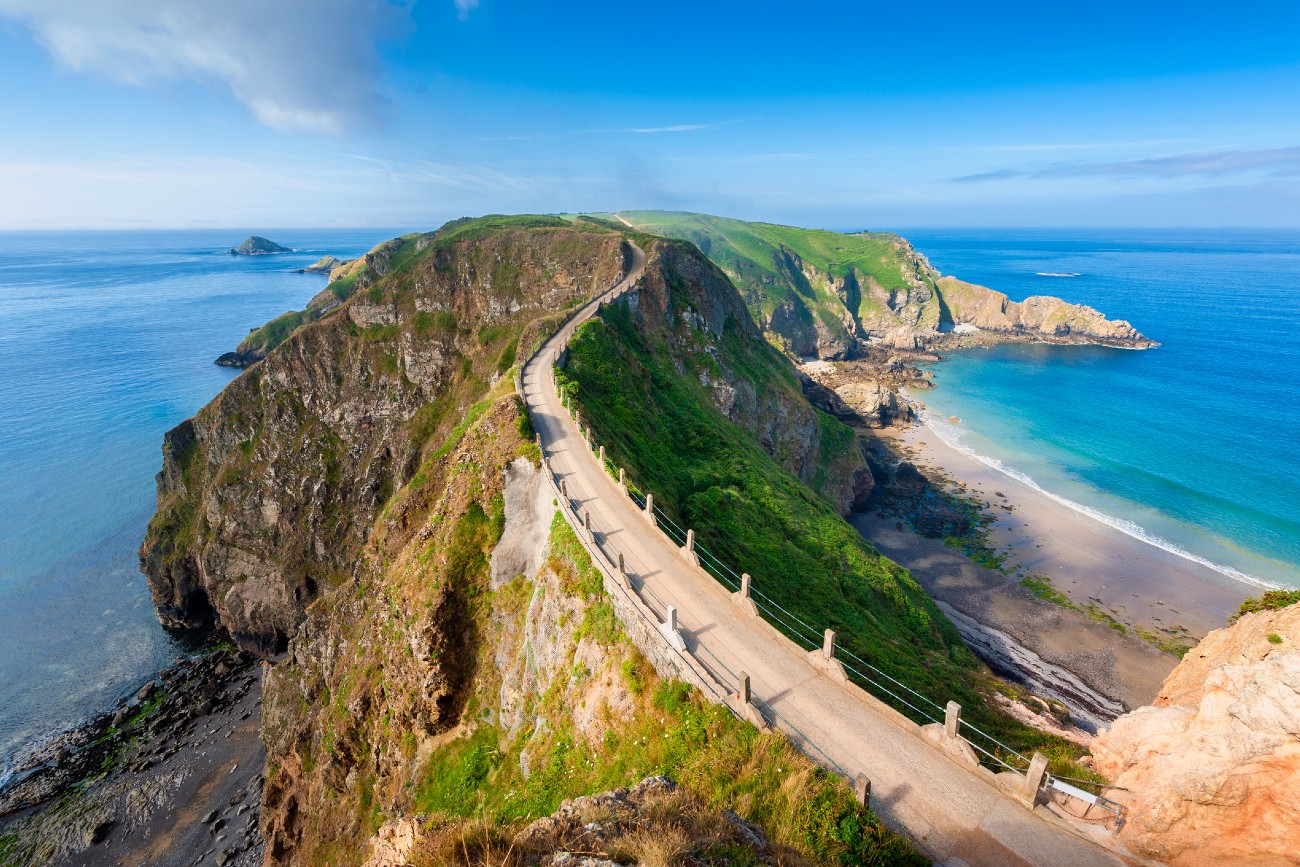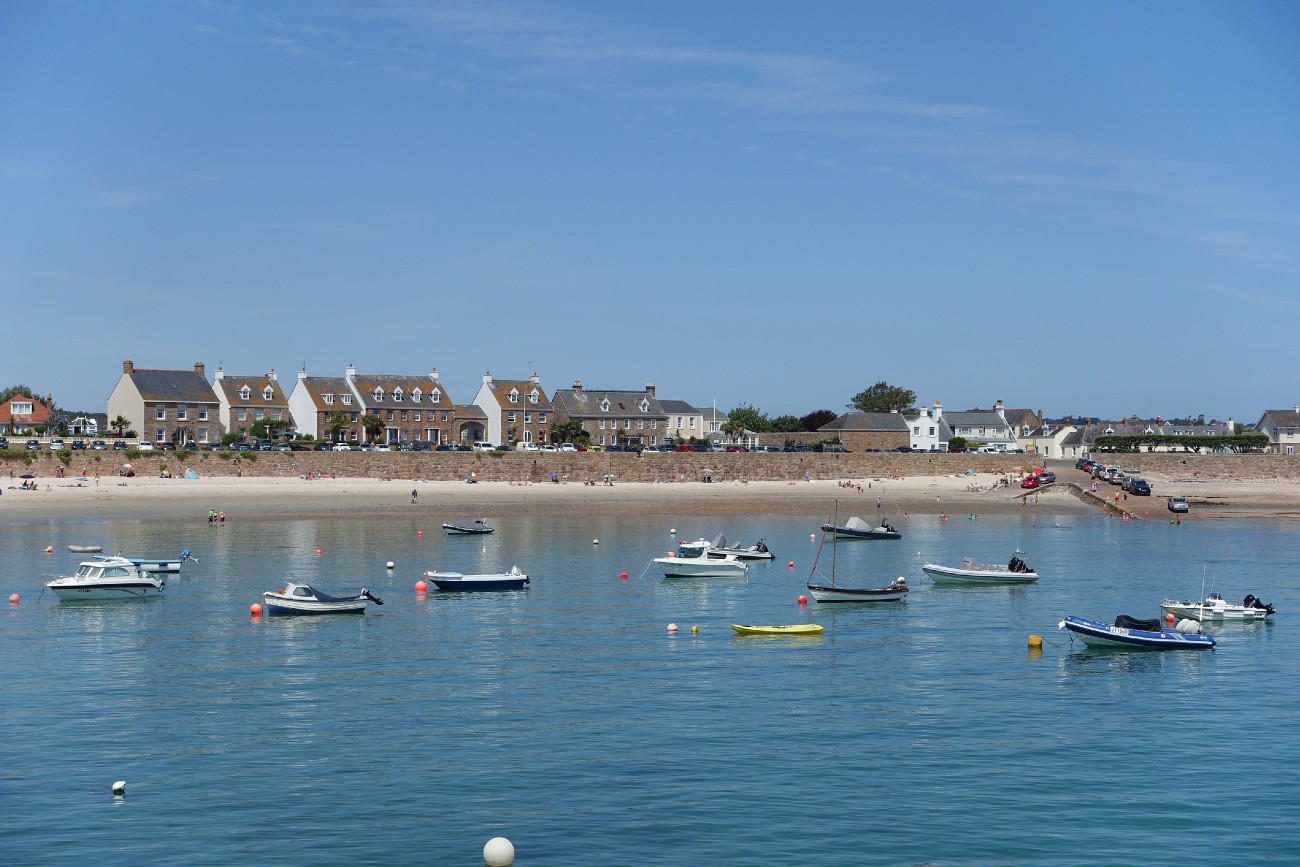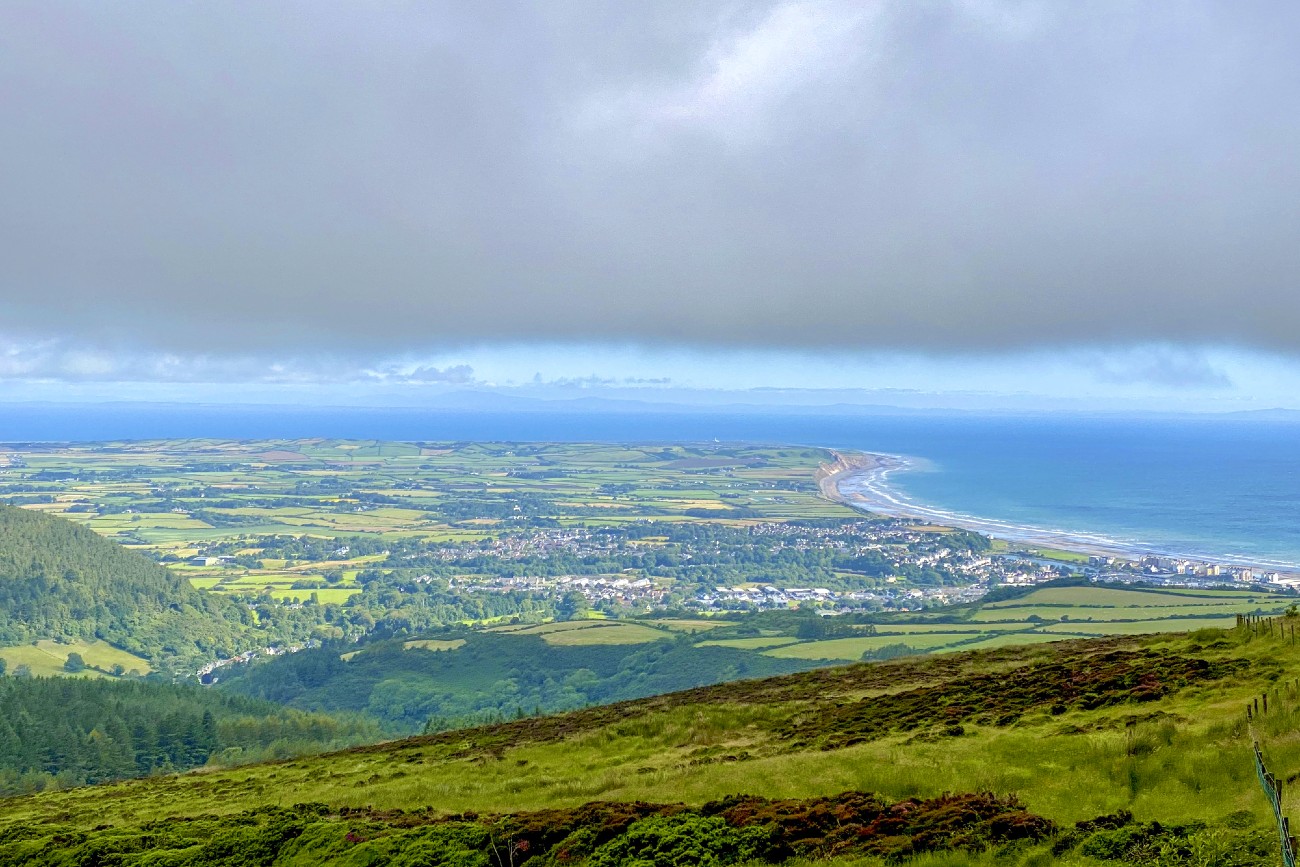
In the late 19th century, three areas of mountainous upland habitat in the Isle of Man were purchased by the Crown, paving the way for the creation of the island’s first plantations. Originally to be used as working forests, these plantations have since been expanded and are now managed with recreational use in mind. They have long been popular among hikers and families, although they still remain important sources of timber.
One of the original three plantations was that of Archallagan, which lies near the small village of Foxdale. Poetically known as the Forest of a Thousand Trails, this area of land was first planted upon in 1873 and encompasses a diverse range of habitats in its 371 acres.
The lower regions are made up of wooded glens and small ponds, while the higher elevations give way to boggy marsh and rough moorland. At its highest point, the plantation reaches 600 feet – a fact that is perhaps unsurprising, considering the word Archallagan means high ridge’. Many different tree species were planted in the forest initially. And although some have been lost over time, the woodland is still varied, with the most common species being the Corsican pine, sitka spruce and the larch.
Archallagan forest is perfect for exploring, with many footpaths criss-crossing the landscape and leading to picnic areas and viewpoints. It’s particularly popular among mountain bikers, with there being several trails of varying difficulties dedicated to this sport.
Dog-walkers and hikers like myself will also find the region very suitable, and horse-riders are welcome as well. There are play areas and child-friendly trails to keep young ones interested, meaning the forest is an ideal place for a family outing.
Ancient Burial Mounds
Although Archallagan Forest offers much to interest the human visitor, it is also very welcoming to local wildlife. Rabbits and hares are common throughout the region, while the tunes of songbirds such as blackbirds bring the trees to life during the spring and summer. Consider visiting as the sun rises for a chance to hear the wonderful dawn chorus.
The plantation’s largest pond can be a tranquil place to visit, with the still, glassy waters being beautifully reflective on clear days. This pond was created to encourage wildlife into the area – something which it has done very successfully.
A variety of duck species can be seen on the pond during the breeding season, while frogs and aquatic invertebrates thrive beneath the water. Dragonflies and damselflies buzz across the water’s surface in the summer, and you might spot the occasional heron standing in the shallows.
Alongside the wildlife, Archallagan Forest has a few more secrets to uncover. A total of 14 ancient cairns have been identified in the area, with more than half of them located within the forest itself.
These structures appear as large mounds in the earth and are very easy to miss, even when you know what to look for. It is thought that many of these cairns are burial mounds, constructed some time in the early Bronze Age. Ancient communities on the Isle of Man came together to mourn loved ones, burying them in special cairns made of stone and rubble. Over time, many of these sites have been hidden by grass and vegetation, but they can still be found if your keep an eye out. The plantation was also a prominent site for mining once upon a time. Large quantities of lead and other minerals were removed from the ground, with some of the buildings and equipment remaining to this day.
- Common Crossbill
- Foxdale clock tower, Isle of Man
Woodland Specialists
An interesting creature to look out for on a visit to Archallagan Forest is the common crossbill – a small species of bird in the finch family. These birds are instantly recognisable by their unusual bills, which are curved towards the end, so much so that they overlap. This strange characteristic gives the species its name, and may seem odd at first glance. There is a very good reason for their beaks being this shape however, with it being an advanced adaptation to the forest environments in which they live.
Crossbills are woodland specialists who rely on a diet largely composed of seeds. They obtain these from fruits and conifer cones, with their curved beaks being the ideal shape to extract the seeds as efficiently as possible. The species is a very colourful one, both in regards to female and male birds.
Generally, the males have red and orange plumage, while the feathers of the female may be yellow or green, with a wide degree of variation. The plantations of the Isle of Man are the best places to see these birds, which can be difficult to find in other parts of the UK.
Archallagan Forest is therefore is wonderful spot in the Manx countryside. It harbours a wealth of local wildlife, as well as offering chances to get involved in several outdoor activities, all in a landscape that is beautifully wild.
Are you planning a trip to the Isle of Man? Then you should not miss my guide: Guide To Visiting The Isle Of Man


